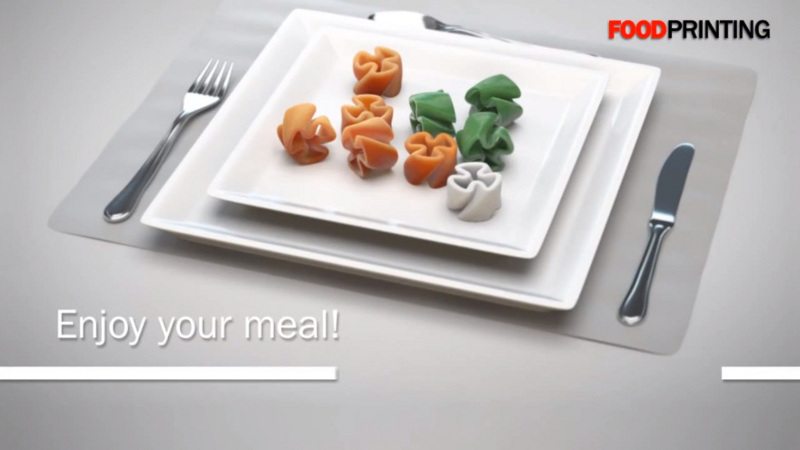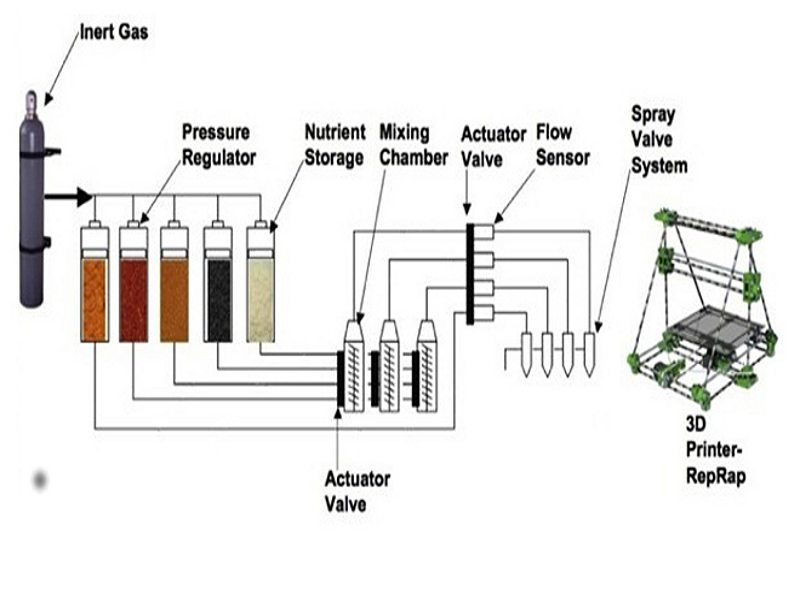3D Printers Could Allow Astronauts Basic Replicator Technology, For Food!
Shane Blume / 12 years ago

Recently we have been able to see the adventures of Col. Chris Hadfield on the International Space Station. One of the things he showed us was the food they get to eat while aboard, which really lacks texture and has a short shelf life. Needing to find a way to create food in space NASA awarded a grant to Anjan Contractor in the sum of $125,000 (£82,526) to develop a 3D food printer. The plan is to develop a food source that could be used in a mission to Mars, though with this food replicator technology we could possibly venture further into space.
The food would be printed using a 3D printer which we have seen quite a lot lately, and has the ability to make just about anything your heart desires. 3D printing is slowly becoming a hot new tech currently limited to small amounts of space. With the food printer, food would be reproduced using a long-life powder made from insects or algae mixed with water and oil.
Astronauts need to eat just like everyone else, they need a good source of easily made food that is readily available and takes minimal work to produce, since there is no gravity in space, items need to take little to no preparation in order for them to be able to make their food. With the powder and water/oil mixtures being separate there is minimal spoilage, and it will allow a long shelf life, perhaps as long as 15 years. This could potentially end hunger for many third world nations as well, producing food in the harshest environments.
Would you like to try 3D printed pizza, I sure would!




















